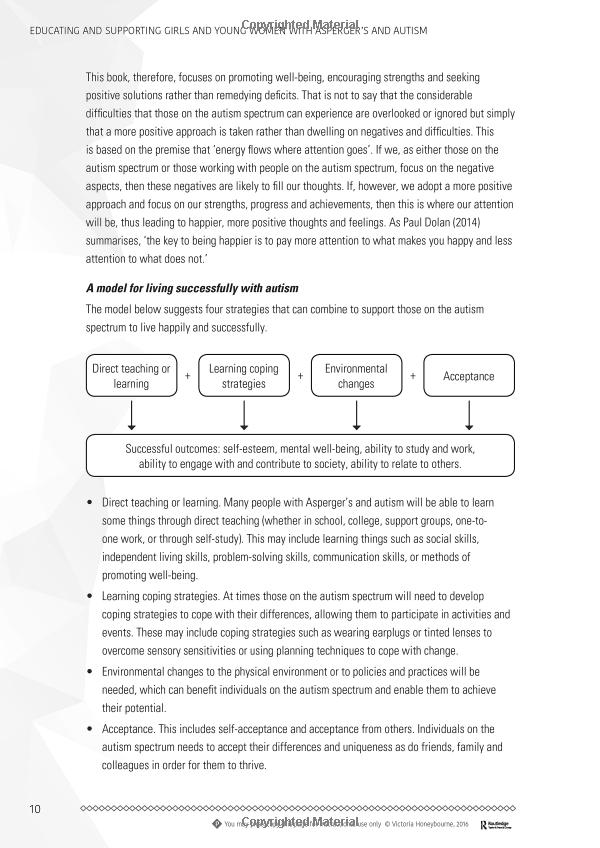Understanding Financial Support: Is Student Aid a Loan? A Comprehensive Guide
Guide or Summary:IntroductionWhat is Student Aid?Is Student Aid a Loan?Types of Student LoansGrants and Scholarships: Non-Repayable Student AidIntroductionN……
Guide or Summary:
- Introduction
- What is Student Aid?
- Is Student Aid a Loan?
- Types of Student Loans
- Grants and Scholarships: Non-Repayable Student Aid
Introduction
Navigating the world of education financing can be daunting for many students and their families. One of the most common questions that arise is, **is student aid a loan?** Understanding the different types of student aid available, including loans, grants, and scholarships, is crucial for making informed decisions about funding your education.
What is Student Aid?
Student aid encompasses a variety of financial assistance programs aimed at helping students pay for their education. These programs can come from federal, state, or institutional sources and can be categorized into three main types: loans, grants, and scholarships. Each type has its own criteria, repayment terms, and implications for students.
Is Student Aid a Loan?
When we ask, **is student aid a loan?** the answer is not straightforward. While some forms of student aid are indeed loans that must be repaid with interest, others are grants and scholarships that do not require repayment. Federal student loans, such as Direct Subsidized and Unsubsidized Loans, are examples of student aid that must be repaid. In contrast, Pell Grants and Federal Supplemental Educational Opportunity Grants (FSEOG) are forms of aid that do not have to be repaid.

Types of Student Loans
If we determine that some student aid is a loan, it is essential to understand the different types of student loans available. Federal student loans are generally more favorable than private loans, offering lower interest rates and more flexible repayment options. Key types of federal student loans include:
1. **Direct Subsidized Loans**: These loans are available to undergraduate students with demonstrated financial need. The government pays the interest while the student is in school, during the grace period, and during deferment periods.
2. **Direct Unsubsidized Loans**: Available to both undergraduate and graduate students, these loans do not require proof of financial need. Interest accrues while the student is in school.
3. **Direct PLUS Loans**: These loans are available to graduate students and parents of dependent undergraduate students. They require a credit check and typically have higher interest rates.

Grants and Scholarships: Non-Repayable Student Aid
To further clarify the question, **is student aid a loan?** it is important to highlight the non-loan forms of student aid. Grants and scholarships are typically awarded based on financial need or academic merit and do not require repayment.
- **Pell Grants**: These are awarded to low-income undergraduate students and are based on financial need. The amount awarded can vary based on factors such as the student’s financial situation and the cost of attendance.
- **State Grants**: Many states offer their own grant programs to residents attending college. These grants can help cover tuition and fees and are often based on financial need.
- **Scholarships**: Unlike loans, scholarships can be awarded based on various criteria, including academic performance, extracurricular involvement, or specific talents. They can come from schools, private organizations, or foundations.

In conclusion, when we explore the question, **is student aid a loan?** we find that the answer is multifaceted. While some student aid comes in the form of loans that require repayment, other forms of aid, such as grants and scholarships, do not. Understanding the distinctions between these types of financial aid is essential for students as they plan for their educational expenses. By being informed about the options available, students can make better decisions about financing their education and minimize their debt burden after graduation.